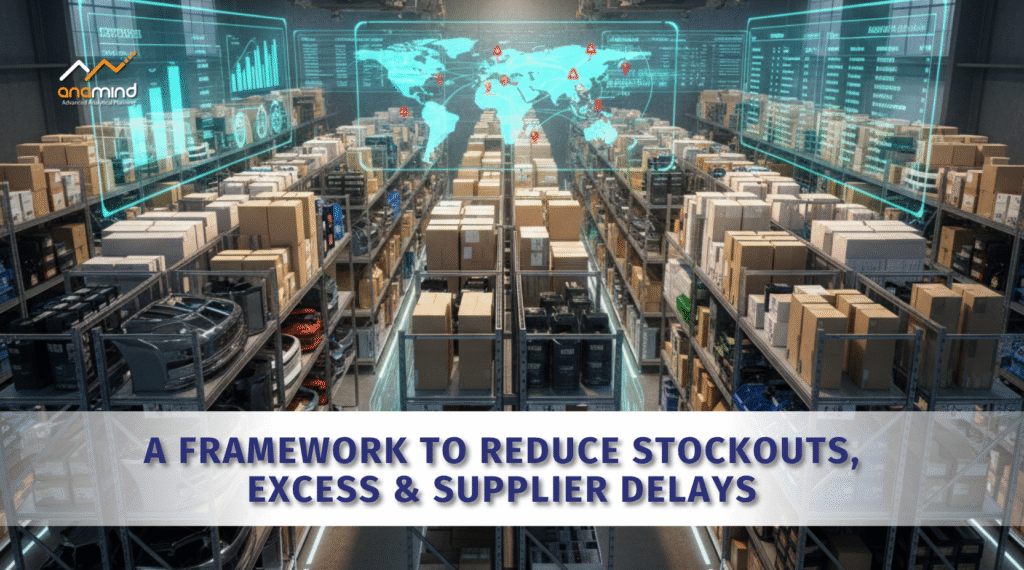This blog builds on the webinar “Planning in the Age of AI and Global Tariffs: Strategies for APAC Supply Chains” hosted on 14th August 2025, where supply chain leaders from across Asia-Pacific came together to share perspectives on AI-driven planning and tariff disruptions.
The session was moderated by Manish Shakalya, CEO of The Excellarators (Singapore) and featured rich insights from:
- Vasudha Jaiswal, Operations Director at Kenvue (Sydney)
- Arjun Deswal, Commercial Director at Decathlon (Phnom Penh)
- Harrison Cai, Director of Planning and Digitalization at Mondelez (Singapore)
Their diverse industry experience — spanning healthcare, retail, consumer goods, and digital transformation — shaped the discussion and gave us a cross-sectional view of how businesses in APAC are adapting.
The Double Storm: AI and Tariffs in APAC
In boardrooms across APAC, supply chain leaders are facing a double storm: the rise of AI in planning and the relentless pressure of global tariffs. One promises opportunity, the other breeds uncertainty — but together, they’re redefining how planning is done.
The question is no longer whether AI can help, but how to balance algorithms with real-world shocks like sudden tariff hikes, ingredient shortages, and packaging disruptions. The winners aren’t those who predict perfectly, but those who adapt faster.
From Spreadsheets to Scenario Designers
COVID-19 was the breaking point for many supply chains. Planners who once spent their days cleaning data and consolidating spreadsheets now find themselves in a new role: signal curators and scenario architects.
Instead of chasing a “single number forecast,” today’s best planners design multiple scenarios — testing how AI-generated demand signals, supplier delays, and tariff swings could play out. Their value lies not in crunching numbers, but in translating uncertainty into business-ready options.
One hard truth emerged from the webinar: spreadsheet gymnastics are losing relevance. The skill that matters now is decision design — setting thresholds, trade-offs, and triggers that help cross-functional teams act with speed.
AI in Planning: Industry-Specific Realities
Consumer Health – Balancing AI forecasts with compliance rules, ensuring that labeling, shelf-life, and batch release remain intact before acting.
Sporting Goods – Using demand sensing to break down demand into base + seasonal + event spikes, then shielding high-variability SKUs like colors and sizes with smarter allocations.
CPG Snacking – Combining POS data, social listening, and elasticity models to forecast flavor trends and promo lifts, while still filtering AI optimism with supply constraints and ROI thresholds.
Cross-industry takeaway: measurable improvements come when AI is paired with human overrides and structured exception management. Left alone, AI models risk overfitting history.
Tariff Shocks: Survival Tactics in Planning
Consumer Health – Pre-qualifying alternate suppliers and running “shock tables” that show the cost-to-serve hit of sudden tariff hikes.
Sporting Goods – Building scenario libraries in advance, so supplier switches and PO re-phasing can be activated at speed.
CPG Snacking – Using reformulation and packaging tweaks (like shrinkflation or film changes) to protect margin without damaging consumer trust.
Across the board, leaders face the same critical choice: absorb costs or pass them through. The decision depends on elasticity, brand position, and competitor behavior.
Building Resilient Networks
Tariff volatility is no longer an afterthought. Leading companies now embed duty bands and trade-route variability into their network optimization models, and maintain swing capacity through dual-qualified plants or near-shore alternatives.
The trade-off between agility and cost efficiency is real — but in today’s climate, flexibility is worth more than penny-pinching.
The Future Planner: Skills That Matter
Planners of the future won’t just manage systems — they’ll design decisions. Key skills include:
Data literacy to challenge AI outputs.
Scenario design and decision economics.
Cross-functional orchestration across finance, sales, and operations.
Fluency with APS platforms and AI copilots.
Universities may be training analytics, but the execution skills will still come from hands-on industry experience.
Closing Thought
As we concluded in the webinar, when disruption hits — whether AI signal or tariff shock — the best organizations don’t invent their response; they activate a pre-built playbook.
The businesses that thrive in APAC’s turbulence aren’t the ones with the flashiest tools. They’re the ones that embed resilience into the DNA of their planning.
👉 And this conversation doesn’t end here. We’ll be continuing the dialogue with industry leaders again in January 2026 — building on what we’ve learned and diving deeper into how planning systems and services are evolving.
Until then, if you’d like to explore how Planning-as-a-Service can extend your team and give you a ready playbook without heavy investment, book a free demo call.





